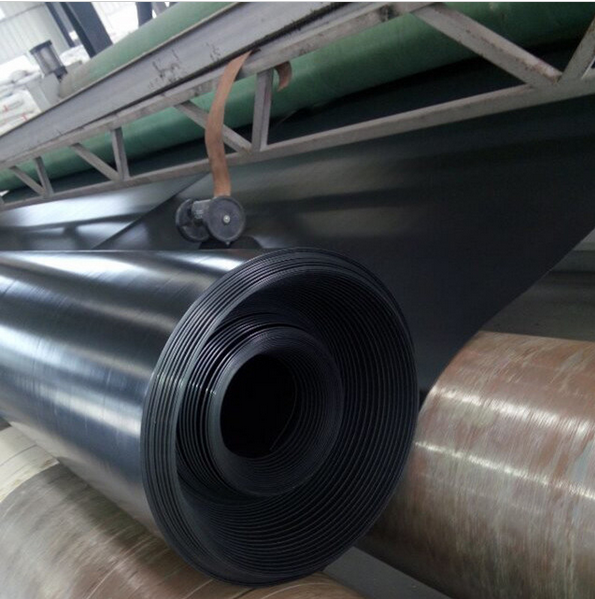土工膜水箱、水池应用
ジオメンブレン貯水槽・プールの建設
Application of geomembranes in water tanks and pools
- Geocell
- Geomembrane
- Uniaxial geogrid
- Biaxial geogrid
- Geotextile
- EVOH Geomembrane
- Warp-knitted geogrid
- Geosynthetic Clay Liner
- Composite Geonet
- Self - adhesive waterproof membrane
- Mining high-strength polyester fiber mesh
- Composite anti-permeability material
- Graebel Fix
- Safety net
- Weed control sheet
- Flexible container bag
- Dimpled Drainage Sheet
- Composite Materials
- Other synthetic materials
- Geomembrane in environmental protection engineering
- Application of geomembrane in water conservancy
- Application of geomembrane in aquaculture
- Application of geomembrane in chemical industry
- Geomembrane in mining engineering
- geocell for retaining walls
- geocell for slope stabilization
- geocell for road construction
- geocell for permafrost
- Geotextiles in slope protection projects
- Project to Strengthen Weak Infrastructure
- Landfill Isolation Project
- Application of geocell in mining area
- Application of HDPE geogrid in retaining wall
- geocell for retaining walls
- geocell for beach erosion
- geocell for landfill
- geocell for drainage
- Application of three-dimensional composite drainage network in landfill
- Application of three-dimensional composite drainage network engineering
- Parking lot new product application
- Top
- Features
Product Detail
Geomembrane water tanks and pools are increasingly popular due to their versatility, cost-effectiveness, and durability. Here's an introduction to their key features and benefits:
What are Geomembrane Water Tanks and Pools?
Essentially, they are water containment structures lined with a synthetic material called a geomembrane.
This geomembrane acts as an impermeable barrier, preventing water from seeping into the surrounding soil.
They can be constructed in various shapes and sizes, making them adaptable to diverse applications.
Water Conservation:
Geomembranes effectively eliminate water loss due to seepage, which is a significant advantage in areas with water scarcity.
Cost-Effectiveness:
Compared to traditional concrete or steel tanks, geomembrane tanks and pools are often more affordable to construct and maintain.
Flexibility and Adaptability:
Geomembranes can be easily shaped and welded to fit various terrains and design requirements.
This makes them suitable for both small and large-scale projects.
Durability and Longevity:
High-quality geomembranes are resistant to UV radiation, chemicals, and punctures, ensuring a long service life.
Ease of Installation:
Geomembrane installation is generally quicker and less labor-intensive than traditional construction methods.
Improved Water Quality:
By preventing contact between the water and the soil, geomembranes help to maintain water purity and reduce contamination.

Features
The construction of geomembrane water tanks and pools involves several key steps to ensure a reliable and long-lasting water containment solution. Here's a breakdown of the process:
1. Site Preparation:
Clearing and Grading:
The site must be cleared of any vegetation, rocks, or debris.
The ground should be graded to create a smooth and even surface, with appropriate slopes for drainage.
Compaction:
The soil should be compacted to provide a stable base for the geomembrane.
This helps prevent settling and potential damage to the liner.
Trenching:
A perimeter trench is typically dug around the edge of the tank or pool.
This trench will be used to anchor the geomembrane.
Creating a smooth surface:
It is very important to make sure that any sharp objects are removed from the surface that the geomembrane will be placed upon. Sometimes a layer of geotextile fabric is placed down as a underlayment, to add additional protection.
2. Geomembrane Installation:
Material Selection:
The appropriate type and thickness of geomembrane are selected based on the application and site conditions. Common materials include HDPE, LLDPE, and PVC.
Laying the Geomembrane:
The geomembrane is unrolled and carefully positioned over the prepared surface.
Care is taken to avoid wrinkles and folds.
Welding and Seaming:
Adjacent geomembrane sheets are joined together using thermal welding techniques.
This creates a continuous and watertight seal.
Proper welding is crucial for preventing leaks.
Anchoring:
The edges of the geomembrane are anchored in the perimeter trench.
The trench is then backfilled to secure the liner.
3. Finishing and Protection:
Protection Layers:
In some cases, a protective layer of geotextile or other material may be placed over the geomembrane to prevent damage from UV exposure or mechanical stress.
If the tank or pool will have items inside of it, such as in an aquaculture setting, then care must be taken to protect the liner from punctures.
Inlet and Outlet Installation:
Pipes and other fittings are installed for water inlet and outlet.
These penetrations are carefully sealed to prevent leaks.
Testing:
The completed tank or pool is typically tested by filling it with water to check for leaks.
Key Considerations:
Quality Control:
Strict quality control measures are essential throughout the construction process.
Professional Installation:
Geomembrane installation requires specialized equipment and expertise.
It is often best to hire experienced professionals.
Site-Specific Conditions:
The design and construction process should be adapted to the specific site conditions, such as soil type, climate, and water quality.
By following these steps, you can ensure the successful construction of a durable and reliable geomembrane water tank or pool.



